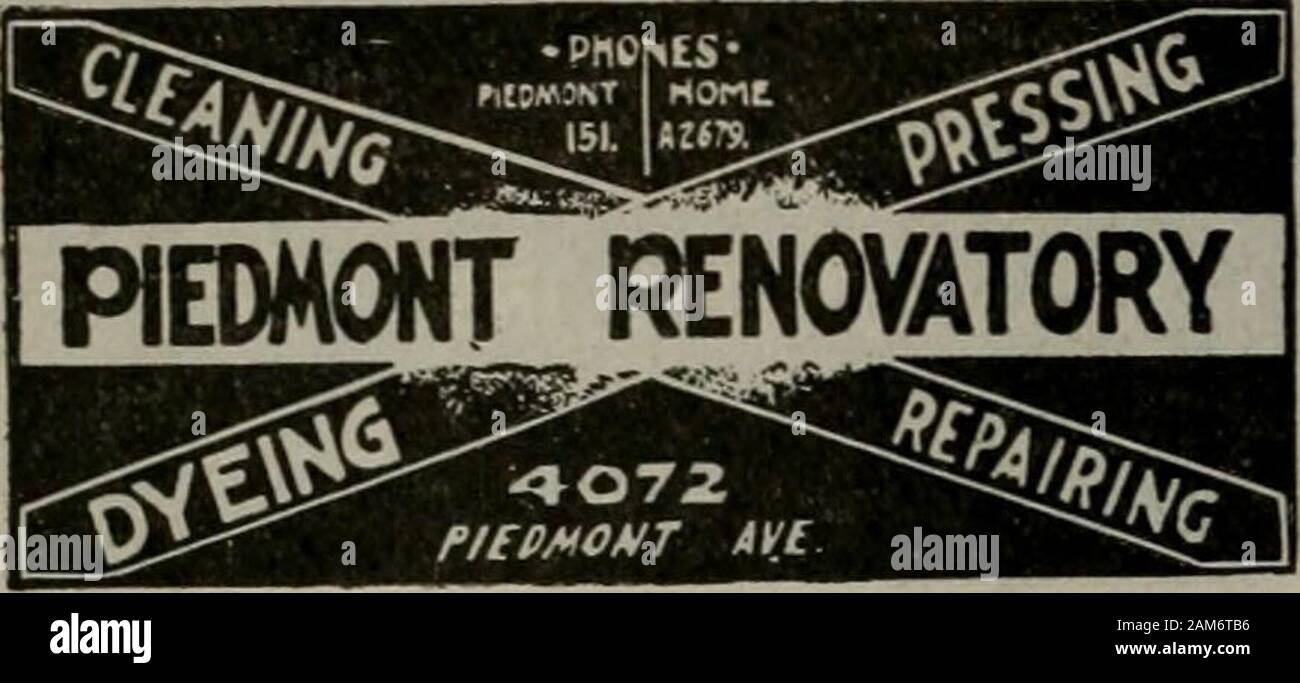
Bullock's, in 1907, and Hamburger's (later May Co.), in 1908, had both opened stores occupying entire city blocks. The New and Greater Broadway (1914–15) īetween 19, the population of Los Angeles more than tripled. In a short period of time, the business was doing so well, that it had to expand into adjacent store fronts. In contrast, Letts was able to pay off all of his creditors in a short period of time after acquiring the assets for the failed store by the quick sale of the same assets and by watching his expenses. The previous owners had a good location in a recently constructed building at the southwest corner of Broadway and Fourth Streets, but had all of its assets seized by their creditors for failure to pay its bills after just four short months of operations.

In February, 1896 the store was liquidated, and Arthur Letts bought the name, assets, fixtures, and the building lease for $8377 and, on February 24, 1896, the Broadway started operating under Letts. Williams & Co., built and opened his Broadway Department Store on August 29, 1895. Sign atop the former Broadway-Hollywood branch, still present today long after the store's closure Origins In 1996, Broadway stores were either closed or converted into Macy's and Bloomingdales. Its fortunes eventually declined, and Federated Department Stores (now Macy's, Inc.) bought the chain in 1995. Founded in 1896 by English-born Arthur Letts, Sr., and named after what was once the city's main shopping street, the Broadway became a dominant retailer in Southern California and the Southwest.

The Broadway was a mid-level department store chain headquartered in Los Angeles, California.


 0 kommentar(er)
0 kommentar(er)
